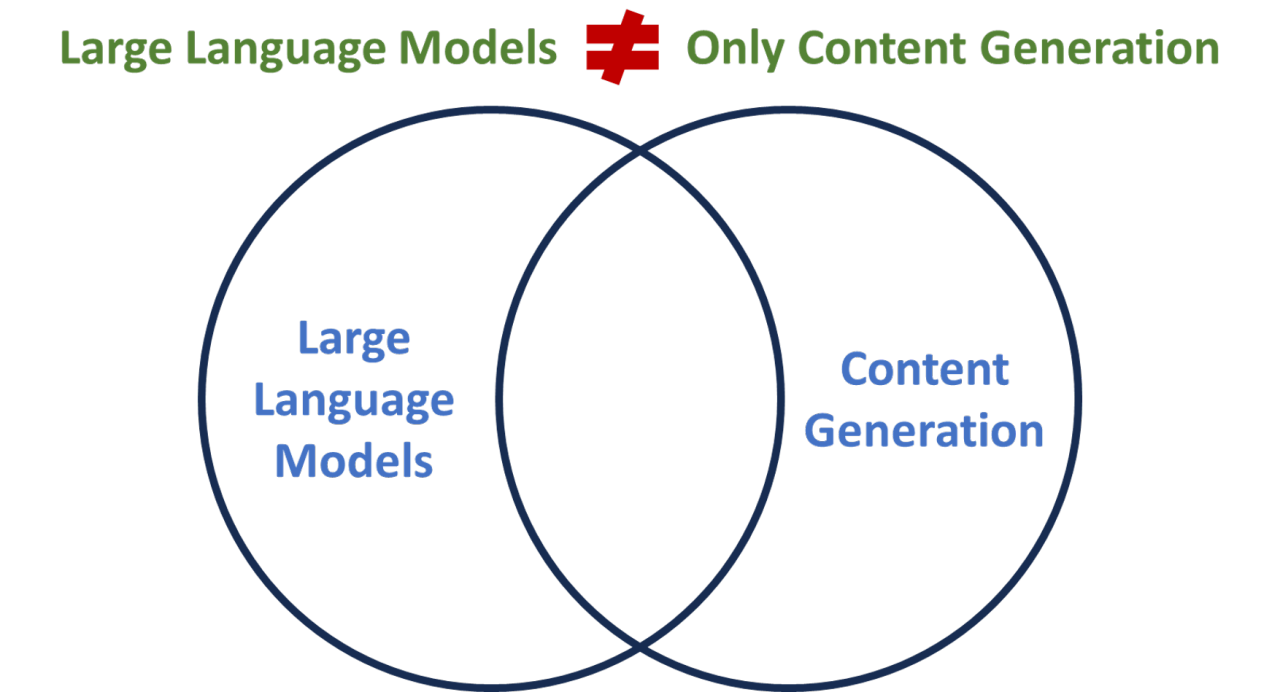
The Link Between Analytics Maturity and Social Media Influencers
KENNESAW, Ga. | Nov 15, 2022
Look at That Perfect Social Media Influencer Life!
What could corporations’ analytics maturity and social media influencers have in common? More than you might think! I was emcee for

Look at That Perfect Social Media Influencer Life!
On social media, influencers pose for well-staged pictures, with professional lighting, while being made up to look their best. The pictures they share aren’t typically spontaneous at all but are meant to convey an impression of perfection. Even everyday users tend to share only their best pictures and tend to discuss only their most impressive moments. Everywhere you look, it seems people are living the high life. Even if 99% of someone’s life is just as mundane as yours, when all you see on social media is the 1% that isn’t mundane, it can cause you to greatly overestimate what you’re missing and to undervalue what you have.
It has been well documented that, for young people in particular, a never-ending flow of great pictures and great experiences can lead to self-image issues and depression. After all, if you’re having a boring, uneventful day, it’s easy to find someone you know posting about the amazing day they are having. This makes it easy to let one’s mind come to believe that everyone else has an amazing life compared to you. However, you’re really just seeing a sampling of people’s rare, amazing moments within their also mostly uneventful lives.
To help demonstrate the illusion, there are influencers who have posted a picture taken seconds from the one in which they look perfect and beautiful. In the second picture, the lighting isn’t as good, they aren’t posing in a way to maximize impact, and they aren’t sucking in their gut. The difference can be shocking when you realize that the person may not have the “perfect” body and life that you have been perceiving after all.
What Does That Have to Do with Analytics Maturity?
Similar to social media influencers, when companies talk publicly about their data and analytics initiatives they will naturally focus on their biggest and most impressive wins. You won’t hear anything about the failures or even about the moderately successful efforts. Every article you read, every talk you see at an event, every podcast you listen to, and every video you watch focuses on success. This can leave you with the impression that they have their data and analytics programs in terrific shape and that their strategy and execution are almost “perfect.”
Of course, it is natural to then feel even more disgruntled about the not-as-impressive state of your own organization and you may begin to wish you could be so lucky as to be as mature and successful as the companies you’re hearing about. It really does sound a lot like wishing you were as beautiful and had as perfect a life as a social media influencer, doesn’t it? Just like a person buying into the mirage of influencer perfection, you can lead yourself into a negative mindset about your company from which it is hard to escape.
Break Through the Illusion
Just as there are truly beautiful people and people who have an amazing life, there are companies that do have their act together with data and analytics more than most. But, as with people, those companies are the exceptions. Going back to the panel I referenced in the beginning, the panelists agreed to share some of their pain points as part of the discussion. Attendees expressed their delight at hearing executives from well-known companies share some of the struggles they were having along with some of the successes. Multiple people stated that it made them feel like maybe they weren’t as far behind as they thought.
That’s when the tie to social media hit me. I told the audience that they should remember that what they read and hear about is a very skewed sample of the state of analytics maturity in corporate America. That doesn’t mean companies shouldn’t keep pushing hard to improve their analytics maturity, but it does mean that they don’t have to feel horrible about their current state either. They likely aren’t as far behind as they think given that they are primarily benchmarking themselves against the best-case examples others have to offer.
Ignore the Noise and Focus on Reality
Don’t let all the success stories you see get you down. Your organization probably has a few of its own. Focus on your baseline state today and how you can improve it. As you get some wins, consider making them public. After you publicize a few, you might just find that your contacts come to you expressing how jealous they are of your company. To them, you’re doing so much right and seem to have an ideal data and analytics program. You seem “perfect”!
Most importantly, be realistic and understand that most companies have many of the same struggles that you have. Even outwardly successful analytics organizations still have areas they need to work on. Rather than getting disgruntled, learn from the successes of others and use their stories as both motivation and guidance on how to improve your own organization. If you buy into the perception that the companies you read and hear about have it all perfect and you can never compete, your self-defeating attitude will lead you and your organization to live down to that expectation. Pick your head up, see through the illusion of the perfection of other organizations, and don’t let that happen!
Originally published by the International Institute for Analytics


















